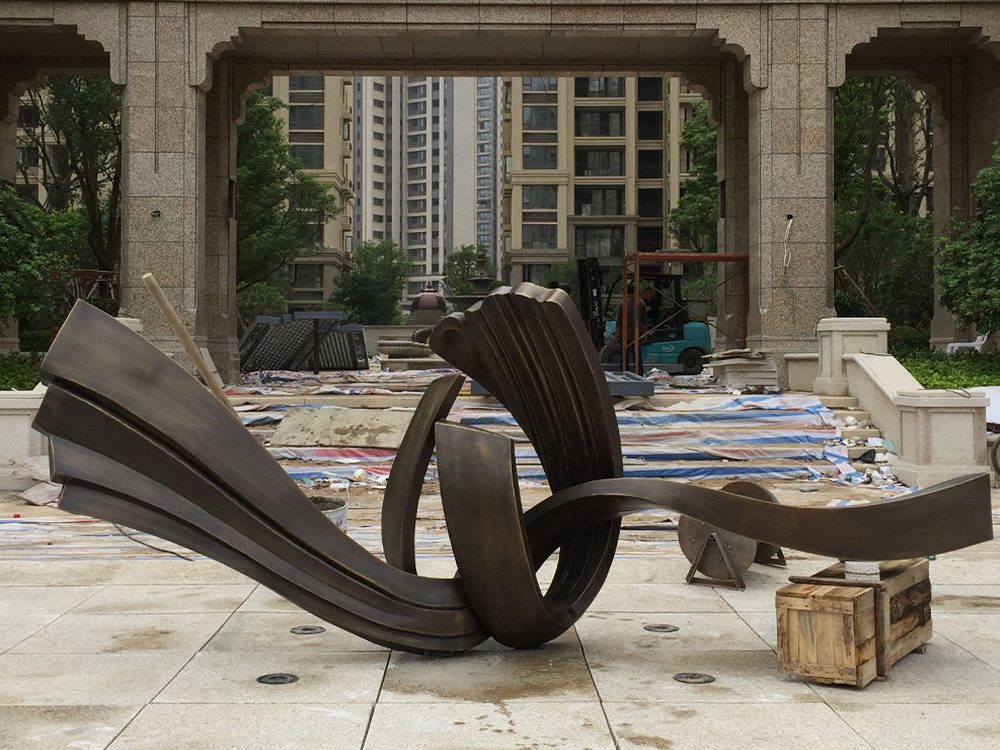
Artists masterfully create a sense of rhythm in seemingly chaotic stone assemblies by employing deliberate techniques that guide the viewer’s eye and evoke emotional responses. One key method is the use of repetition—varying the size, shape, or texture of stones in a recurring pattern to establish visual cadence. Contrast also plays a crucial role; juxtaposing rough and smooth surfaces or light and dark tones introduces dynamic tension while maintaining cohesion.
Strategic placement is another tool. By arranging stones in clusters or staggered sequences, artists mimic natural rhythms found in landscapes or organic forms. Negative space is equally important, allowing pauses that enhance the perceived movement. Additionally, the interplay of scale—mixing large anchor stones with smaller, scattered pieces—creates a compositional flow.
Ultimately, the artist’s intuition bridges chaos and order, transforming randomness into a harmonious visual experience. Through these principles, stone assemblies transcend their individual elements, becoming rhythmic, almost musical, in their arrangement.

